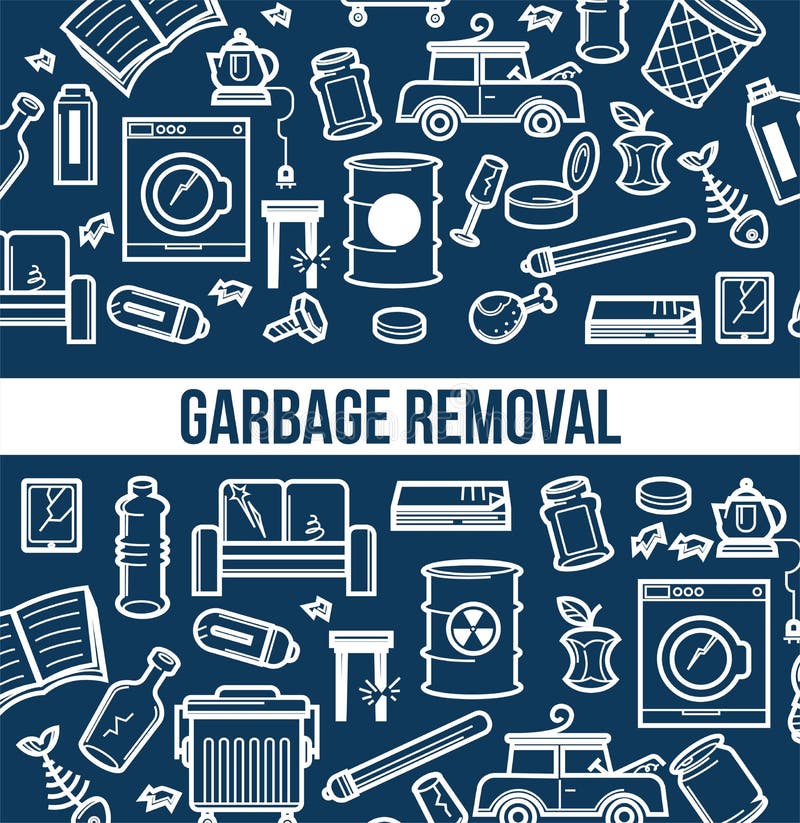How To Select The Right Dumpster Size For Your Job: A Comprehensive Overview
How To Select The Right Dumpster Size For Your Job: A Comprehensive Overview
Blog Article
Short Article Written By-Ellington Fisher
When embarking on a job that needs a dumpster, the dimension you pick can considerably impact its efficiency and cost-effectiveness. Visualize having the perfect container that fits all your waste without being excessively large or too tiny. All of it starts with recognizing the subtleties of your project and selecting a dumpster size that straightens with your certain requirements. So, before you choose, consider the aspects at play to ensure a seamless waste management process from beginning to end.
Aspects to Consider
When choosing the appropriate dumpster dimension, there are several crucial variables to think about.
First, think about the kind of waste you'll be disposing of. Various products may call for varying quantities of room, so comprehending what you'll be putting in the dumpster is essential.
Next, evaluate the amount of waste you anticipate to generate. If you ignore the quantity, you may require to make several trips to dispose of every little thing, which can be inconvenient and costly. On the other hand, renting out a dumpster that's also large can cause unnecessary costs.
Furthermore, consider the area where the dumpster will certainly be positioned. Guarantee there's enough room for the dumpster to be provided and grabbed with no obstructions.
Finally, think of any type of weight constraints that may apply. Going beyond the weight limit can result in added costs or even the rejection of service.
Dumpster Dimension Options
For picking the ideal dumpster dimension, it's vital to have a good understanding of the readily available alternatives. Dumpster sizes commonly range from 10 to 40 cubic lawns, with variations in between.
A 10-yard dumpster appropriates for small tasks like a garage cleanout or a tiny restoration. If https://b100quadcities.com/at-disposal/ taking on a medium-sized job such as a kitchen remodel or a cellar cleanout, a 20-yard dumpster might be the right option.
For larger tasks like a whole-house remodelling or business building, a 30 or 40-yard dumpster could be preferable to suit the quantity of waste generated.
When choosing a dumpster size, consider the quantity and kind of particles you expect to throw away. It's better to select a somewhat bigger size if you're unclear to stop overfilling. Keep in mind, it's even more affordable to rent a dumpster that fits your requirements rather than having to purchase an additional one.
Matching Size to Job
Efficiently matching the dumpster dimension to your project is important for effective waste monitoring. To establish the right size, think about the extent and nature of your job.
For tiny home cleanouts or renovations, a 10-yard dumpster might be sufficient. These are usually 12 feet long and can hold around 4 pickup truck loads of waste.
For larger projects like renovating several areas or cleaning out a large estate, a 20-yard dumpster might be more suitable. These are around 22 feet long and can hold roughly 8 pickup truck lots.
If you're tackling a major building job or commercial improvement, a 30-yard dumpster could be the very best fit. https://how-much-is-dumpster-rent11100.atualblog.com/37547209/learn-about-the-advantages-of-choosing-a-specialist-scrap-elimination-service-for-your-home-and-organization are about 22 feet long and can fit regarding 12 pickup truck lots of debris.
Matching the dumpster dimension to your job ensures you have adequate room for all waste materials without overpaying for unused ability.
Conclusion
Finally, selecting the right dumpster dimension for your task is essential for efficient garbage disposal. By taking into consideration variables like the type and amount of waste, space schedule, weight limitations, and budget restraints, you can guarantee you have the suitable size dumpster for your requirements. See to it to match the dimension of the dumpster to the range and nature of your job to prevent overspending on unneeded expenditures.
